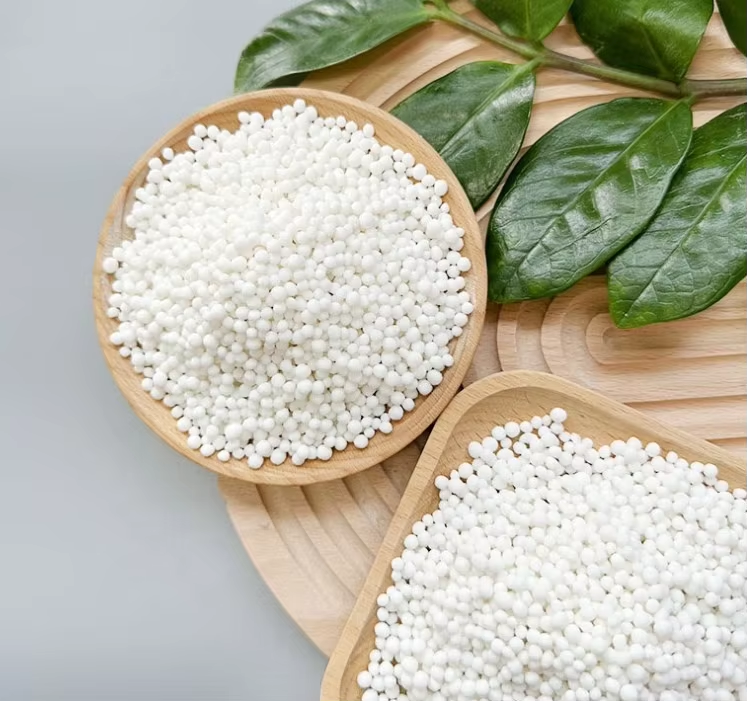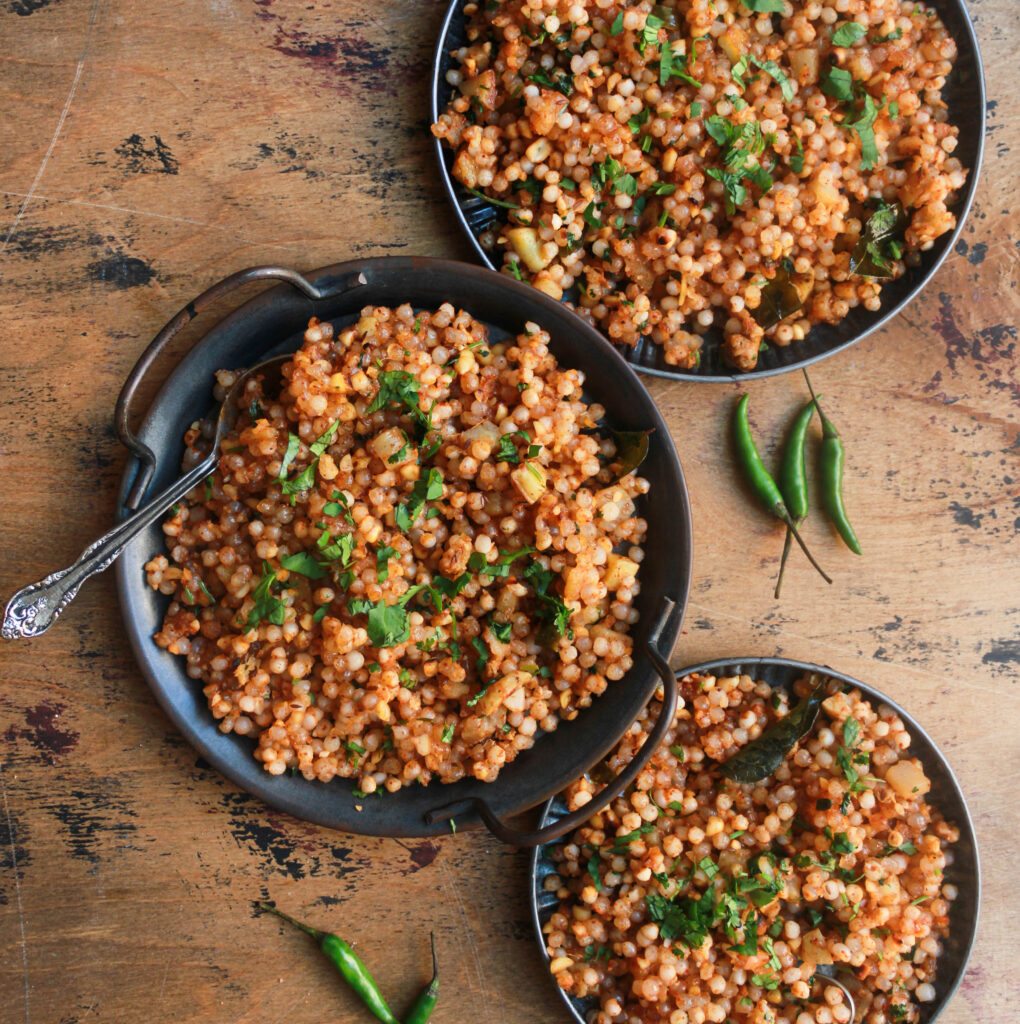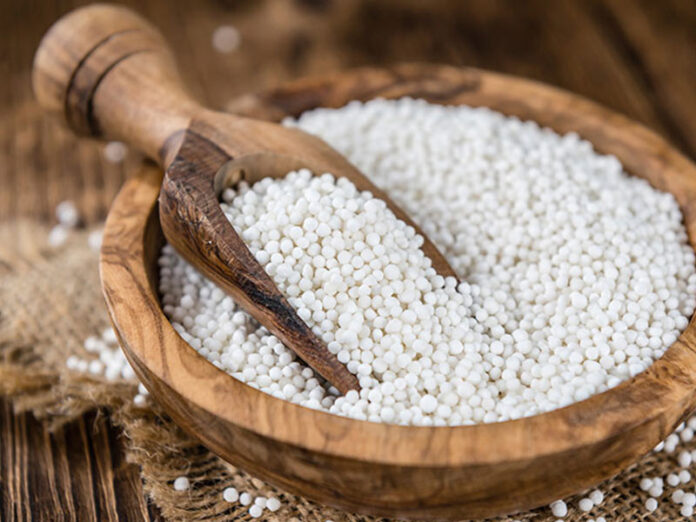INTRODUCTION:
Sago Dana, commonly known as sago pearls, are small, round starch balls made from the pith of the sago palm stem (Metroxylon sagu). They are widely used in various Asian cuisines, especially in desserts and beverages. In many cultures, sago is considered a staple ingredient due to its energy-rich carbohydrate content and its ability to provide a gluten-free alternative to other starches.

English – Sago pearls
Hindi – Sabudana
Marathi – Sabudana
Tamil – Javvarisi
Telugu – Saggubiyyam
Kannada – Sabbakki
Malayalam – Chavvari
Gujarati – Sabudana
Bengali – Sabudana
Urdu – Sabudana
Arabic – Sago
Swahili – Sago
HEALTH BENEFITS:

Supports bone health:
Sago contains calcium and phosphorus, which are essential for strong bones.
Supports heart health:
It is rich in potassium, which may help lower blood pressure and reduce the risk of heart disease.
Helps manage blood sugar:
Certain plant compounds in sago can help impede digestion, which may assist in regulating blood sugar levels.
Promotes healthy weight gain:
It can be used for healthy weight gain due to its calorie and carbohydrate content.
Weight management:
It can aid in weight management because it is low in fat and high in carbs, though it should be consumed in moderation alongside a balanced diet for weight loss.
Contains antioxidants:
Sago is rich in polyphenols, which have antioxidant properties that may reduce inflammation and free radical damage.
Supports nervous system function:
Tryptophan, an amino acid, can help improve nerve impulse transmission and calm the mind.
Safe for pregnancy:
It is considered a gentle and safe food for pregnant women and babies, providing gentle nutrition.
Good for fasting:
It is a popular and easily digestible food for fasting periods because it provides long-lasting energy.
SIDE EFFECTS:

Blood sugar spikes:
Sabudana has a high glycemic index, which can cause a rapid increase in blood sugar levels, especially for individuals with diabetes. It is best to consume it in moderation and pair it with protein and fiber.
Digestive problems:
Consuming too much sabudana can lead to bloating, gas, and constipation, particularly if it is not soaked properly before cooking.
Weight gain:
It is high in calories, making it unsuitable for those trying to lose weight.
Thyroid and neurological issues:
Sabudana contains cyanogenic glucosides from its source, the cassava plant. In large quantities, these can interfere with iodine utilization and thyroid function, and can potentially lead to neurological problems.
HOW TO USE:
Soaking
Rinse the sago pearls in water once or twice.
Soak them in water for 4–6 hours or overnight.
The water level should just cover the sago.
After soaking, the pearls become soft and double in size.
Draining
After soaking, drain out any extra water.
Let the pearls rest for 15–20 minutes.
They should be soft but not sticky.
Cooking

For Khichdi: Cook soaked sabudana with peanuts, boiled potatoes, green chili, and spices like cumin.
For Kheer: Boil sago in milk and sugar until soft and translucent. Add cardamom and nuts.
For Vada: Mix with mashed potato, spices, and shape into patties. Deep fry until golden.
Important Tips
Don’t over-soak or they will become mushy.
Cook on low flame to avoid sticking.
Use non-stick pan for best results.




